Description
“YOKU-I” also known as “YU-KATA” literally means “bathing cloth” or “bathrobe”
The yukata is a traditional Japanese garment, a casual version of the kimono.
Originally made of hemp and used as a garment to protect the body from the heat and absorb the sweat for the aristocrats using the hot springs, during the Edo period, with the rise of public bathhouses and advancements in cotton production, the yukata`s function evolved from being worn in the bath to being worn as a lounge robe after bathing.
By the late Edo period, people started to wear yukata for leisure activities on summer evenings, such as attending fireworks displays and festivals. This marked its transition from a simple bathrobe to a form of stylish, casual summer wear.
USAGE:
Still nowadays, you will find 2 main functions for the yukata:
・ryokan yukata: is a bathrobe that onsen (hot springs) or ryokan (traditional hotels) make available for their guests.
Material used is printed cotton, and the quality is cheap.
・summer yukata: is a traditional dress, popular for enjoying festivals or fireworks events. Ladies’ yukata can be very sophisticated, in cotton or silk, and include most of the elements of a regular kimono, including the “nakajiban” underwear, “han-eri” collar, “obi-age” and “obi-jime” obi sash decorations and “tabi” socks etc.
Men`s yukata is usually simpler, consisting in a cotton or linen yukata and an obi sash.
・bartok design is proposing a new type of yu-kata. In respect of its origins, you can wear it at home after the bath, but with a more sophisticated look and texture compared to a plain “ryokan yukata”. Alternatively, you can use it for an elegant dinner or even even put on your jeans look. We are looking forward to see how you can ”kikonasu = interpret naturally with your style” the bartok design yukatas!
DESIGN:
We created FIVE color gradient designs with “monsho pattern” (including the bartok design seal, plum flowers, silk knots and other)
and FIVE full-pattern designs inspired by the 5 elements (earth, water, air, fire, wood), coordinated with the furoshiki.
You can also use them as “kasane-gi style” which means that you can layer them so that when you keep the yukata open, you can see the back of the inner one. In ancient Japan it was a status symbol to own kimonos, and the Heian-era noble women were wearing up to 12-layered ceremonial kimonos (known as a jūni-hitoe).
If you think 12 is too much, try at least two, also considering we created gradient colors to coordinate with each of the full pattern designs (pink, green, blue, beige, and black)
MATERIAL
We used 2 different types of fabric for the yukata. A lighter satin for spring/summer and a heavier fabric for autumn winter.
Choose the satin for a fresh, silky look.
Choose the METALLIC FABRIC for a luxurious golden-shaded, velvety look.
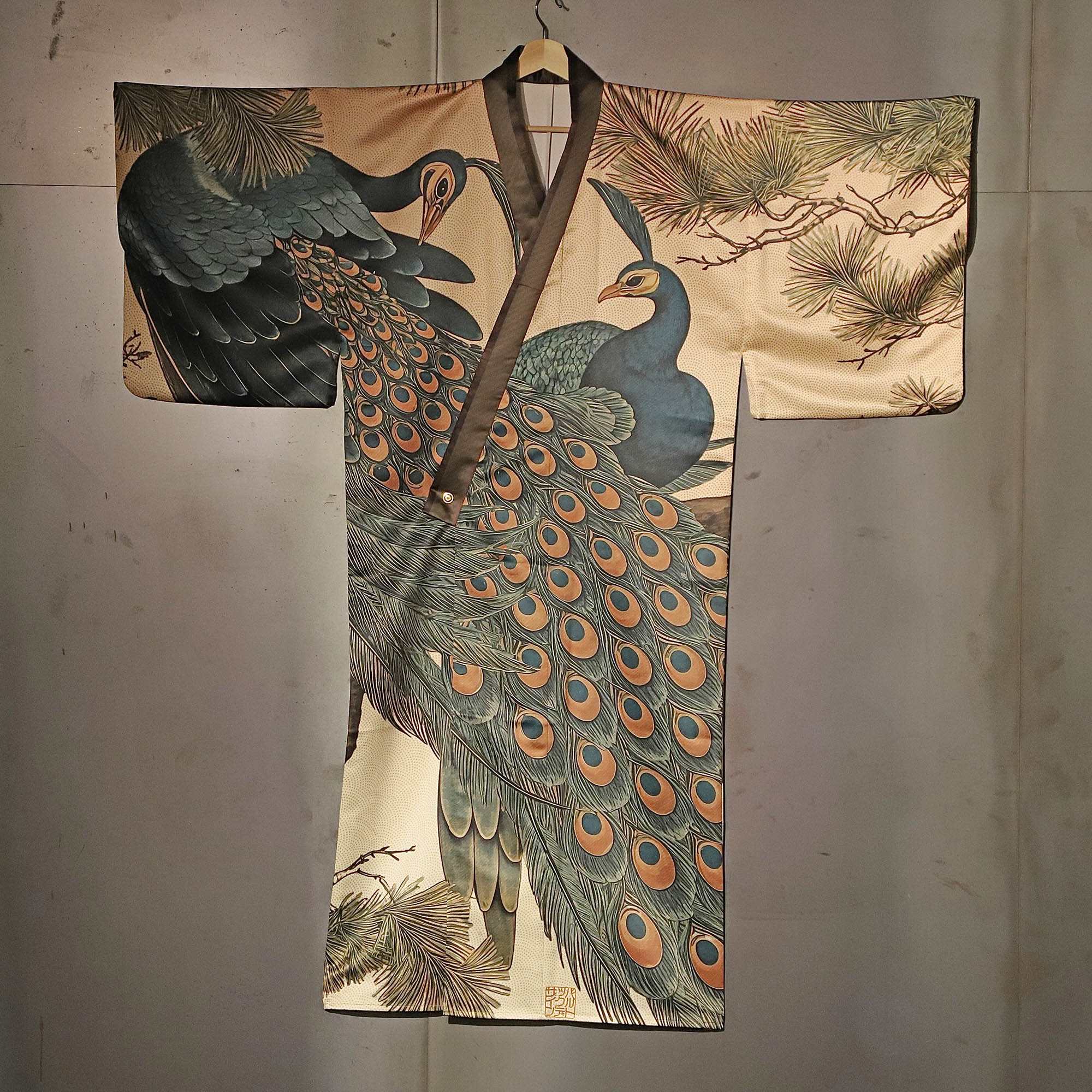
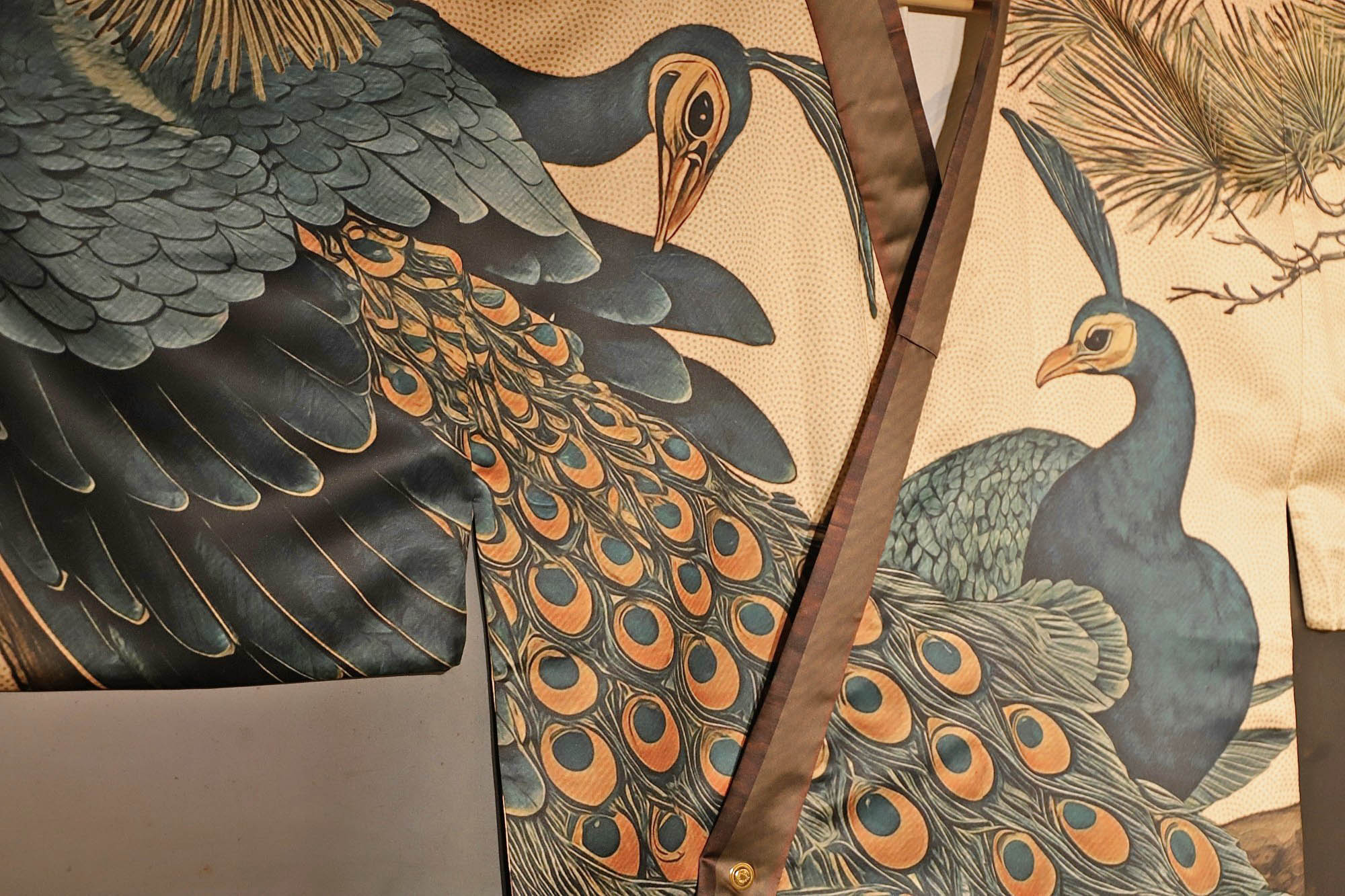
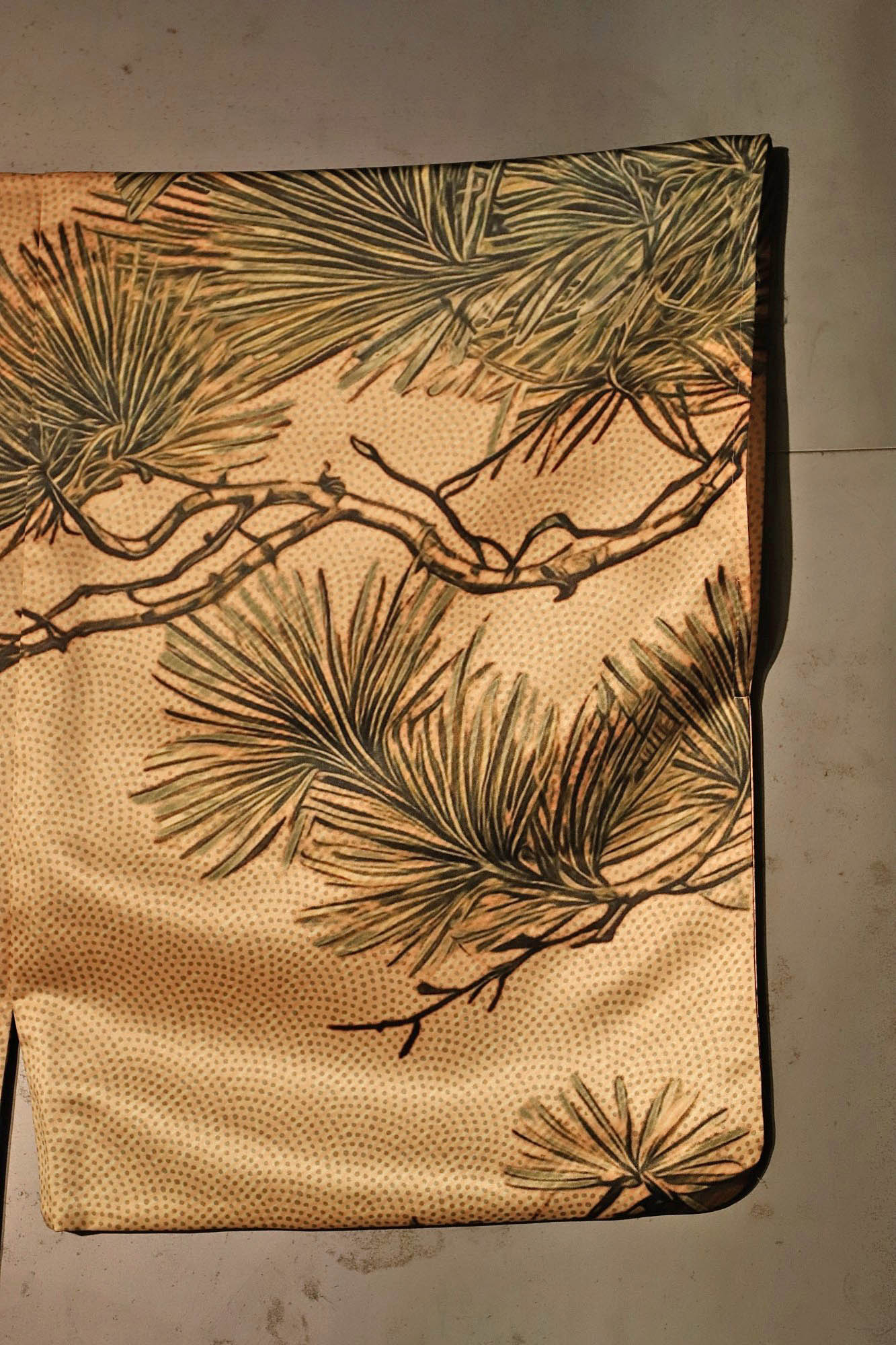
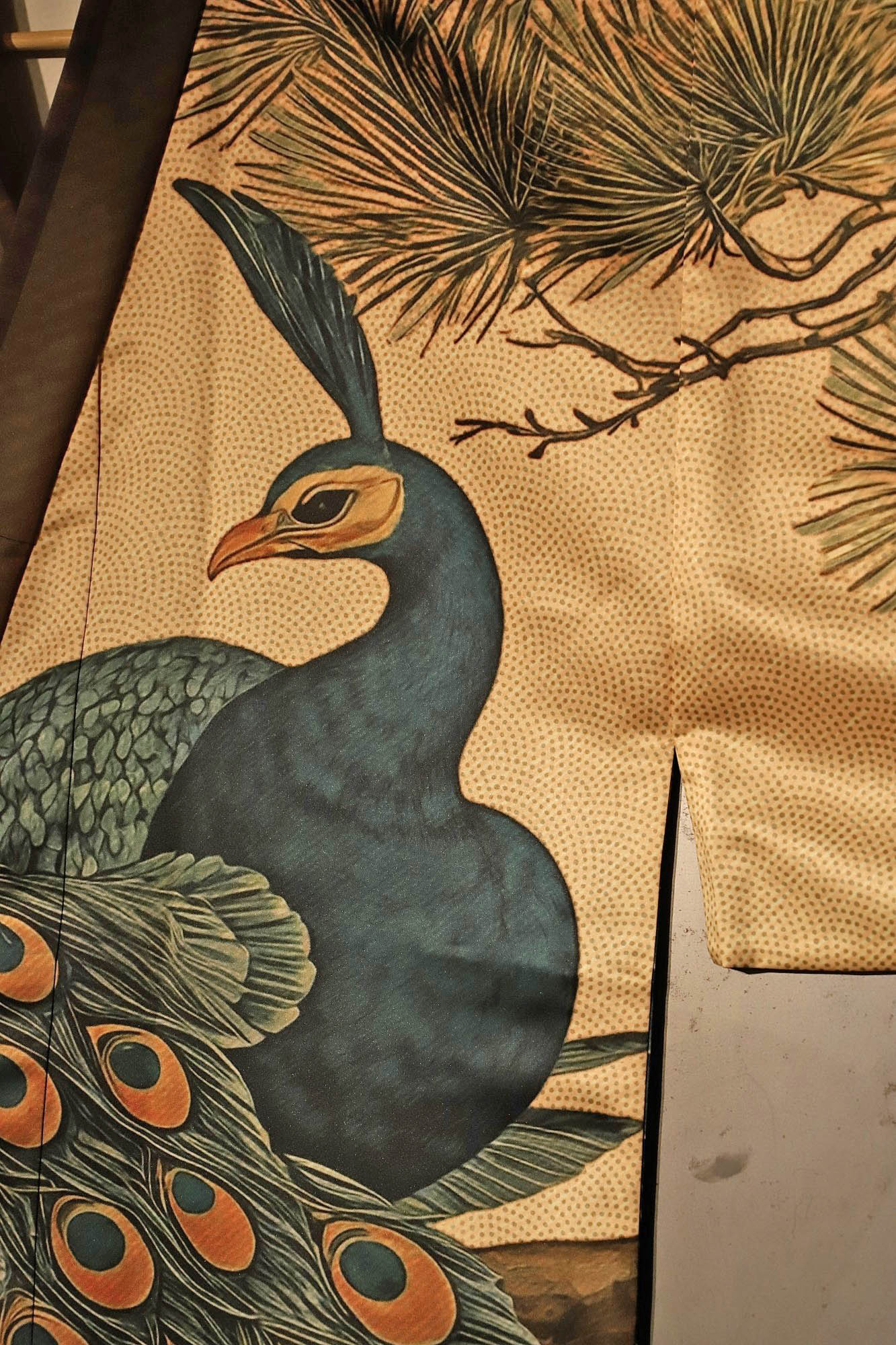
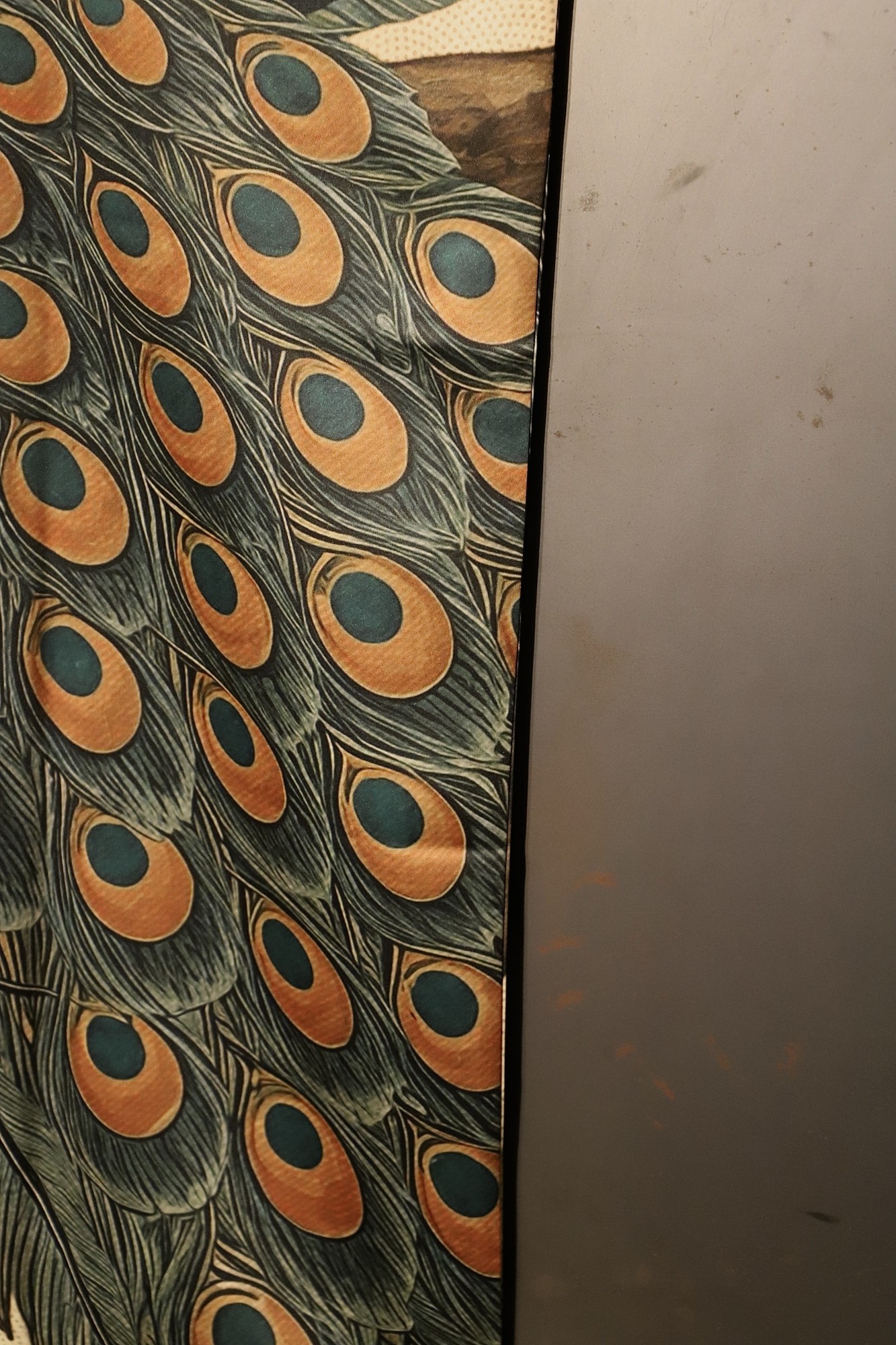


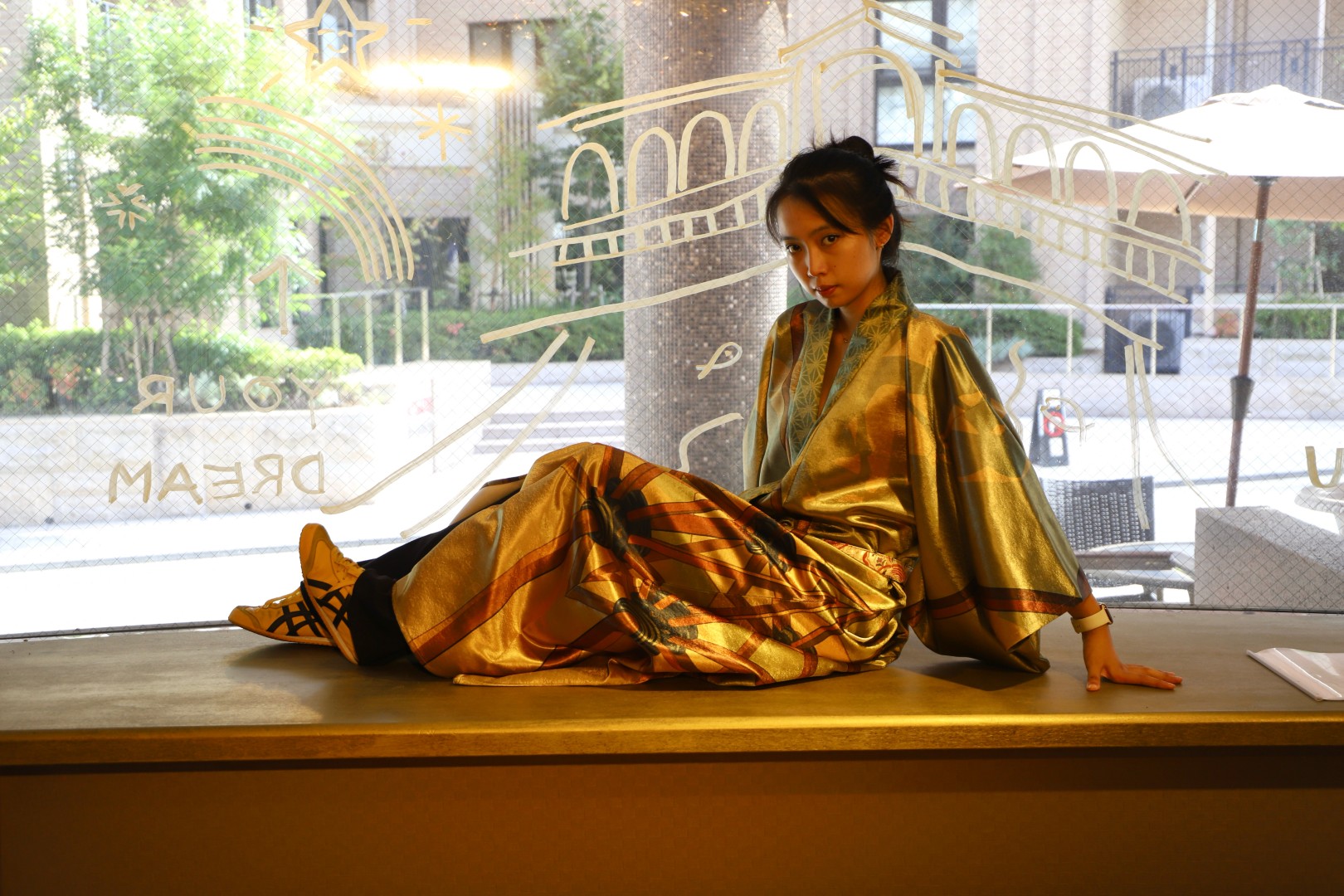


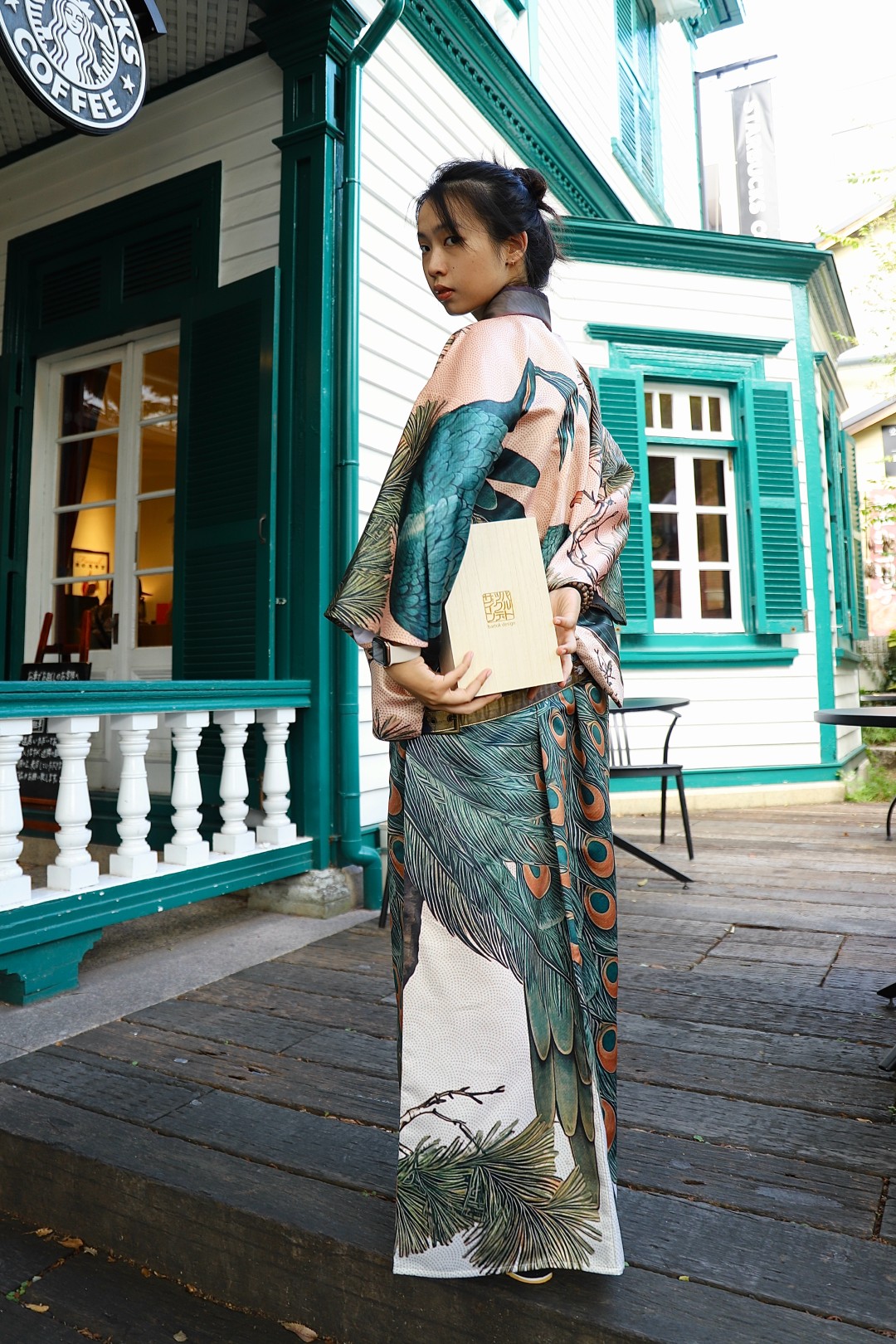
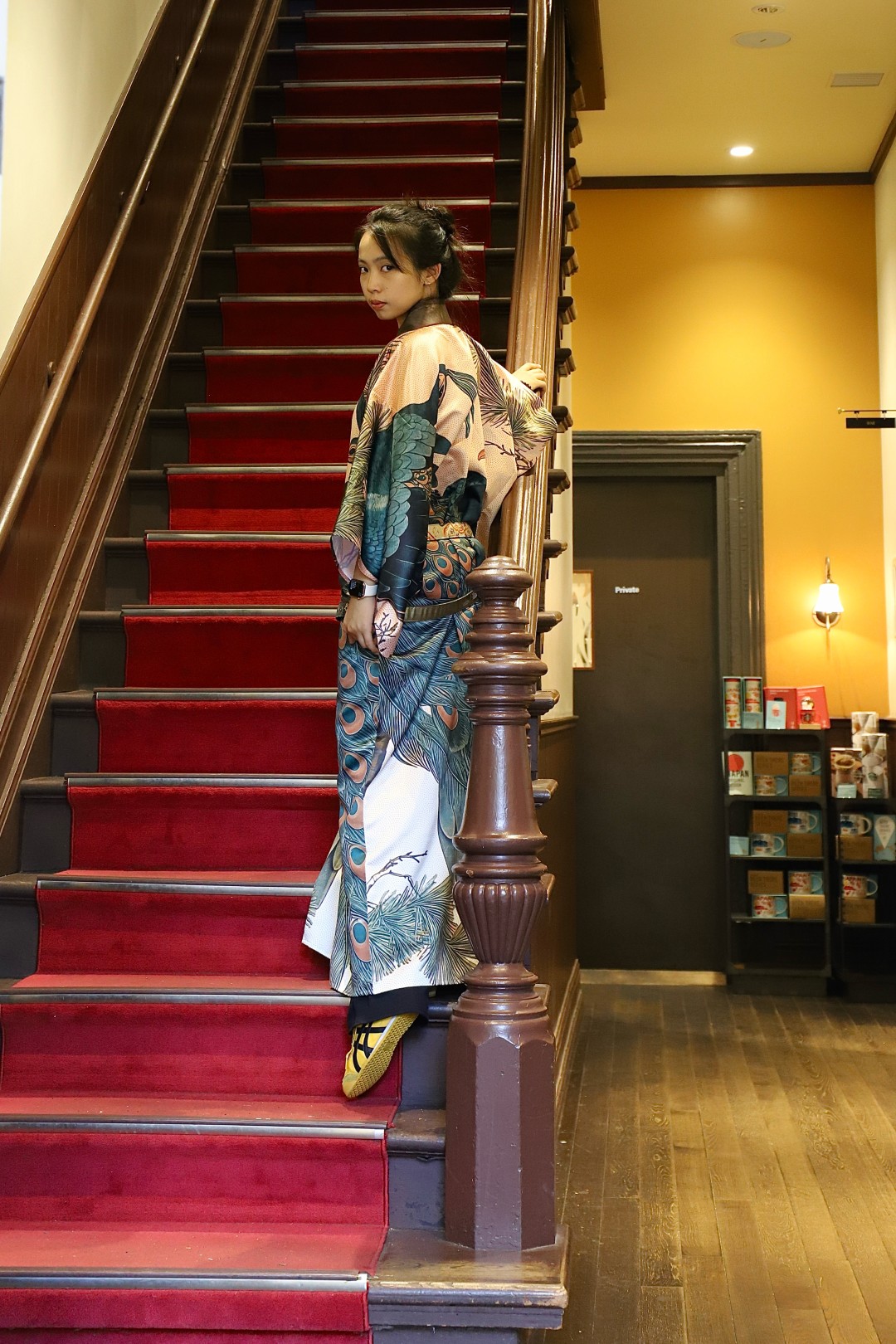
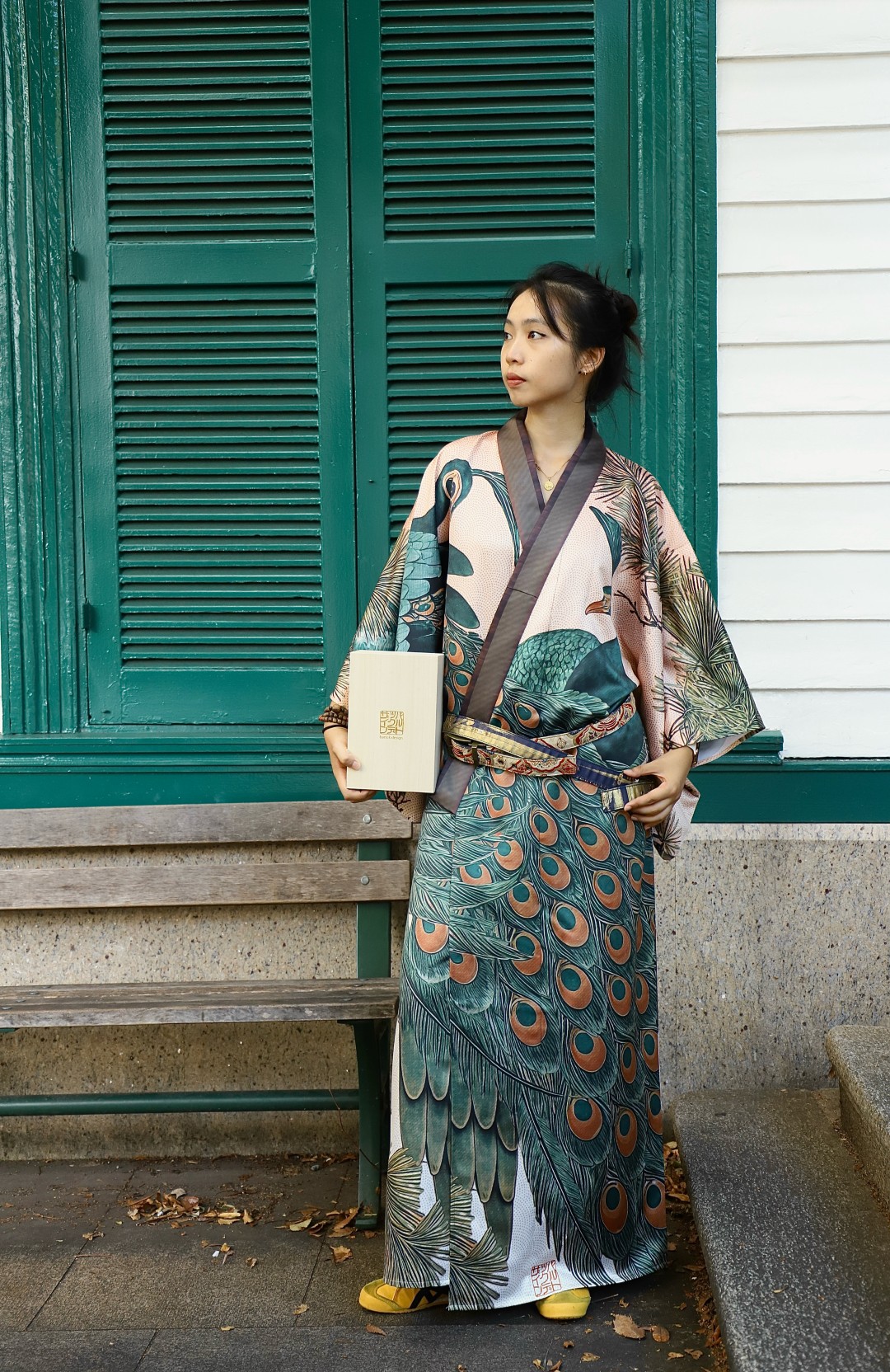
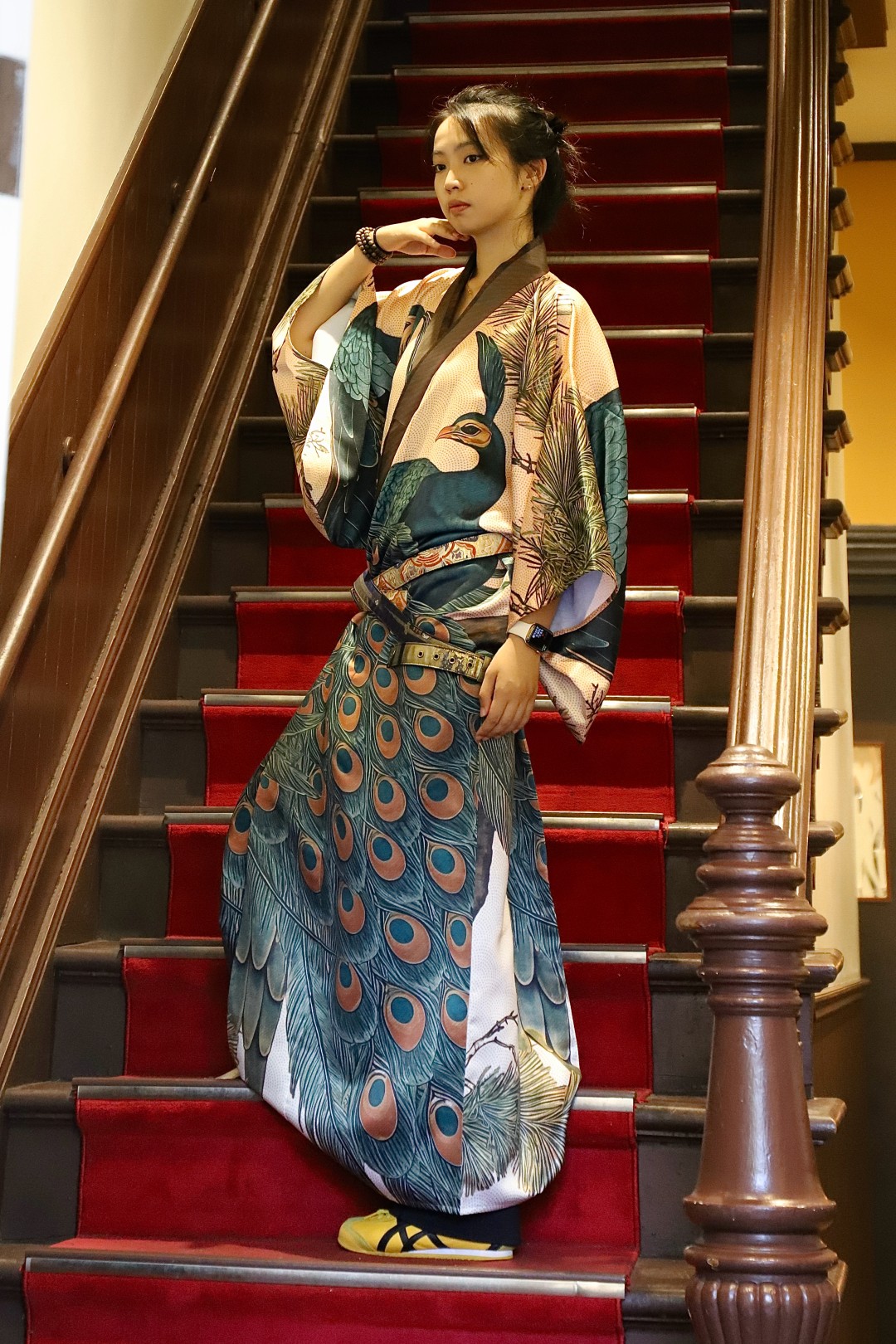
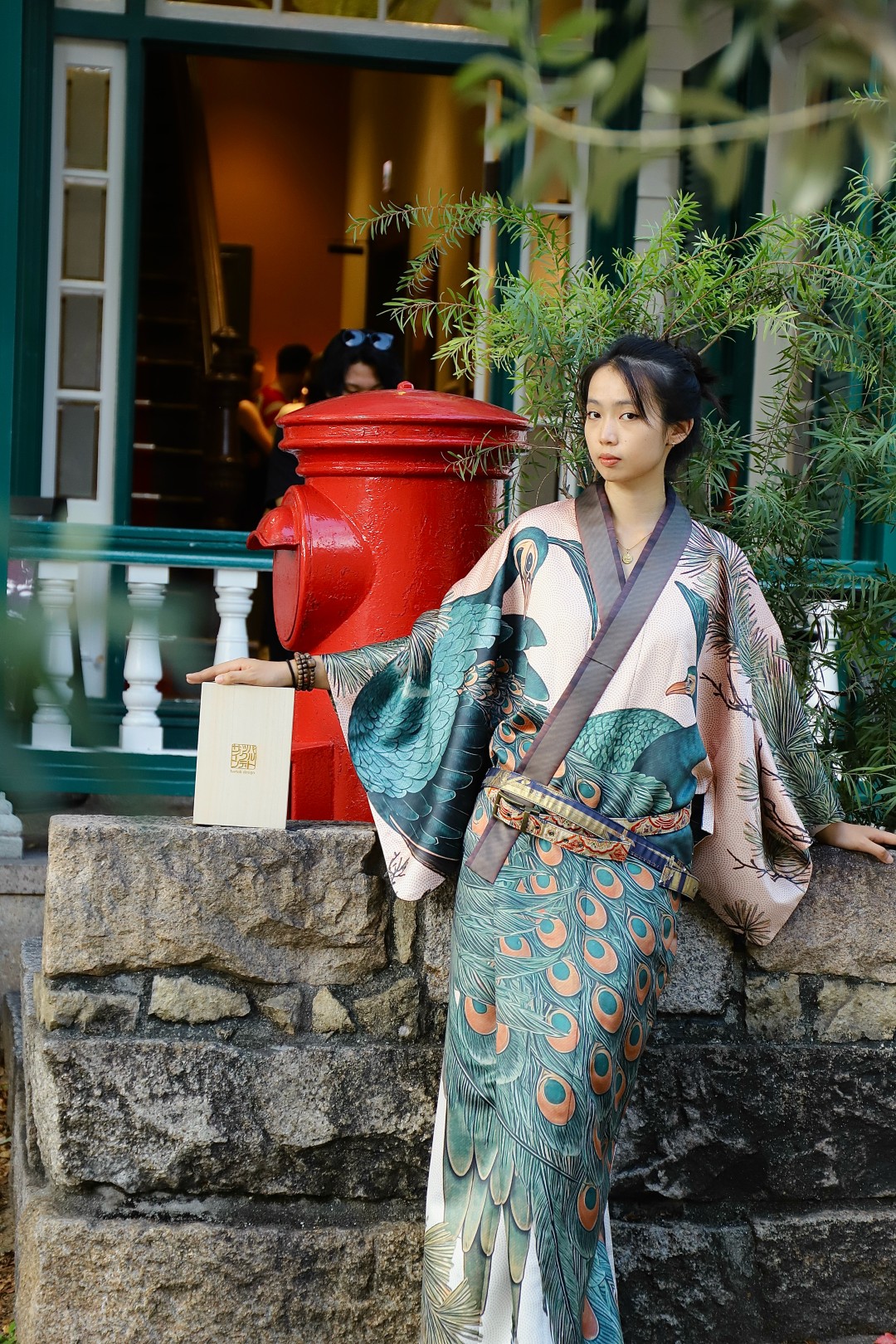
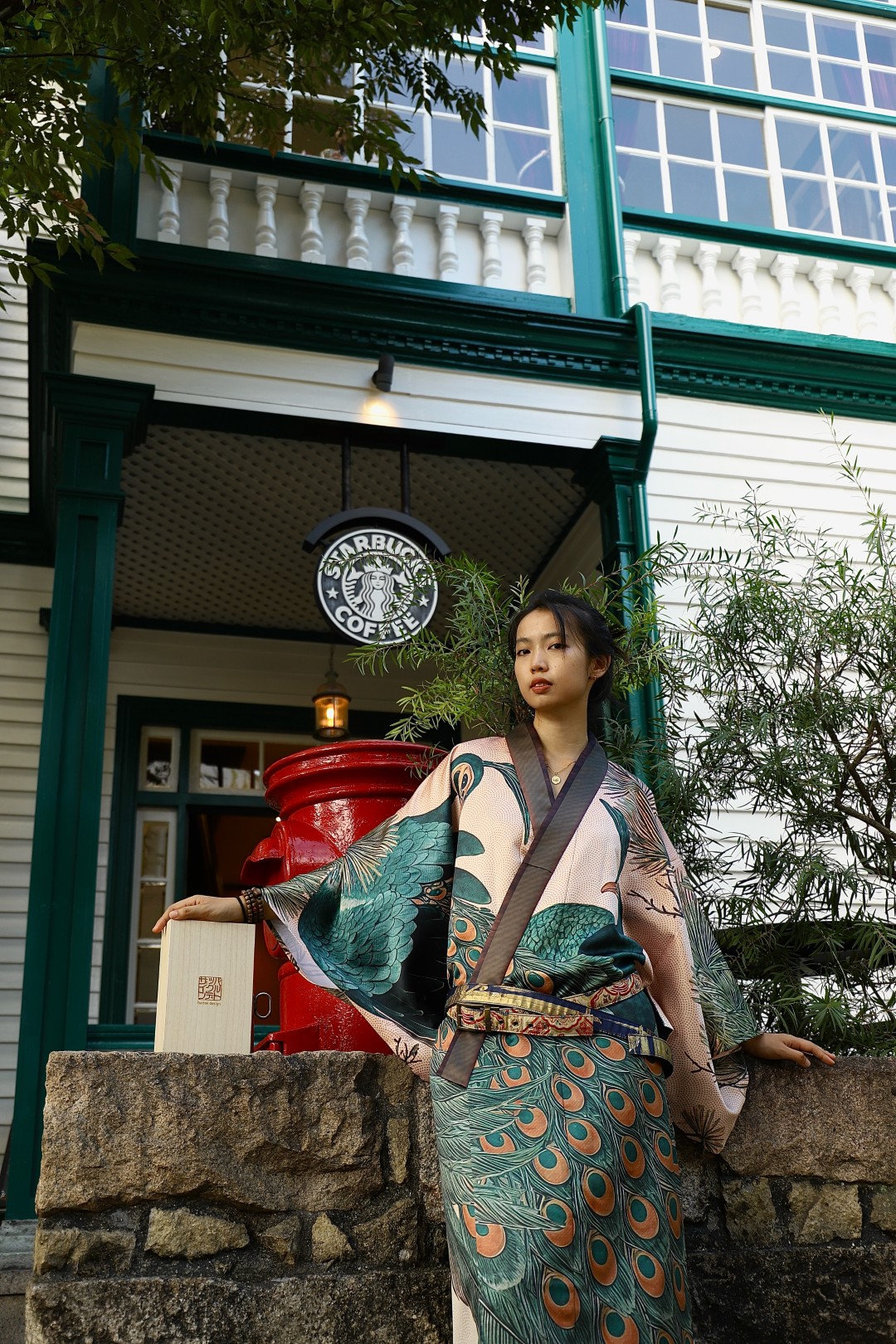



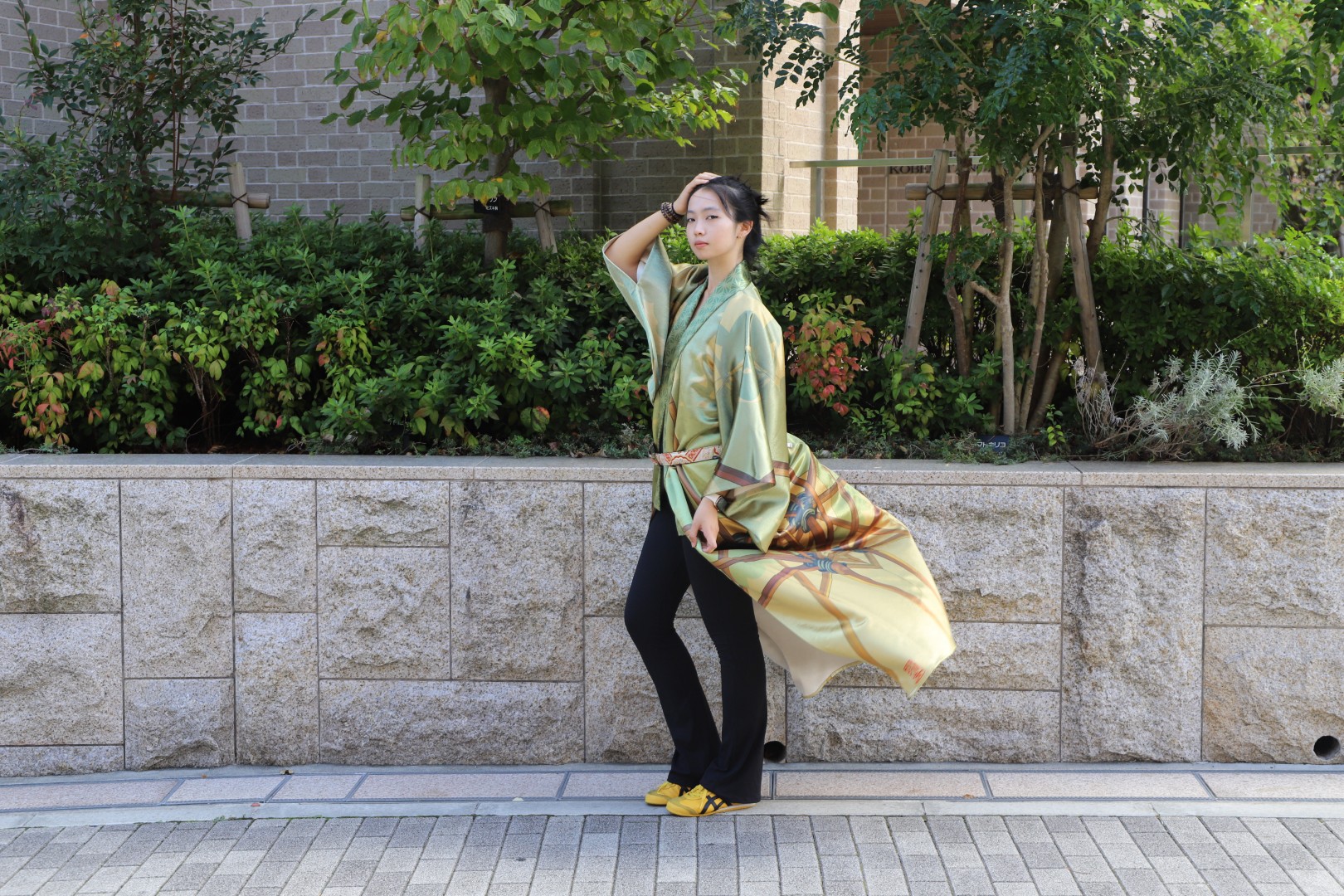

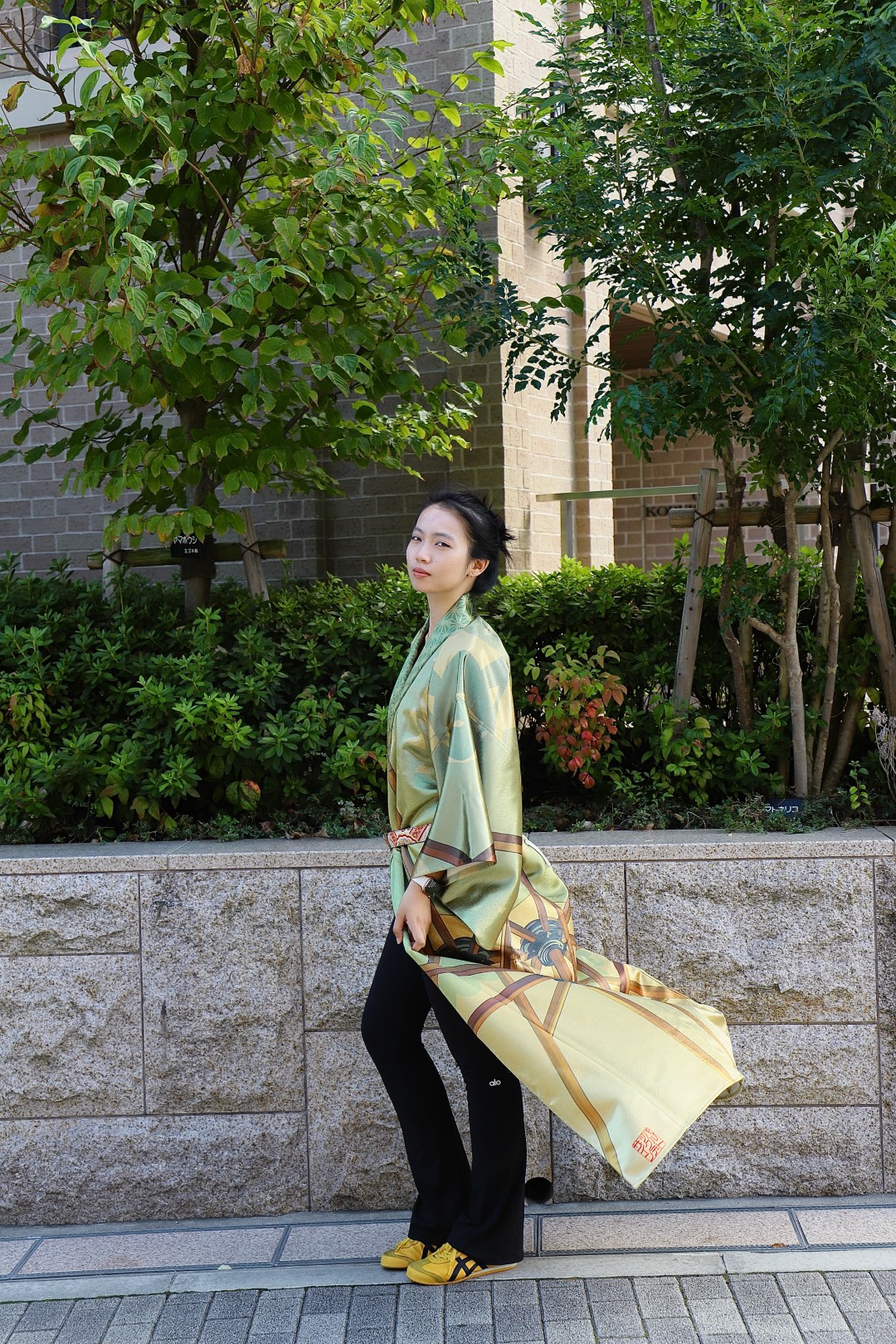
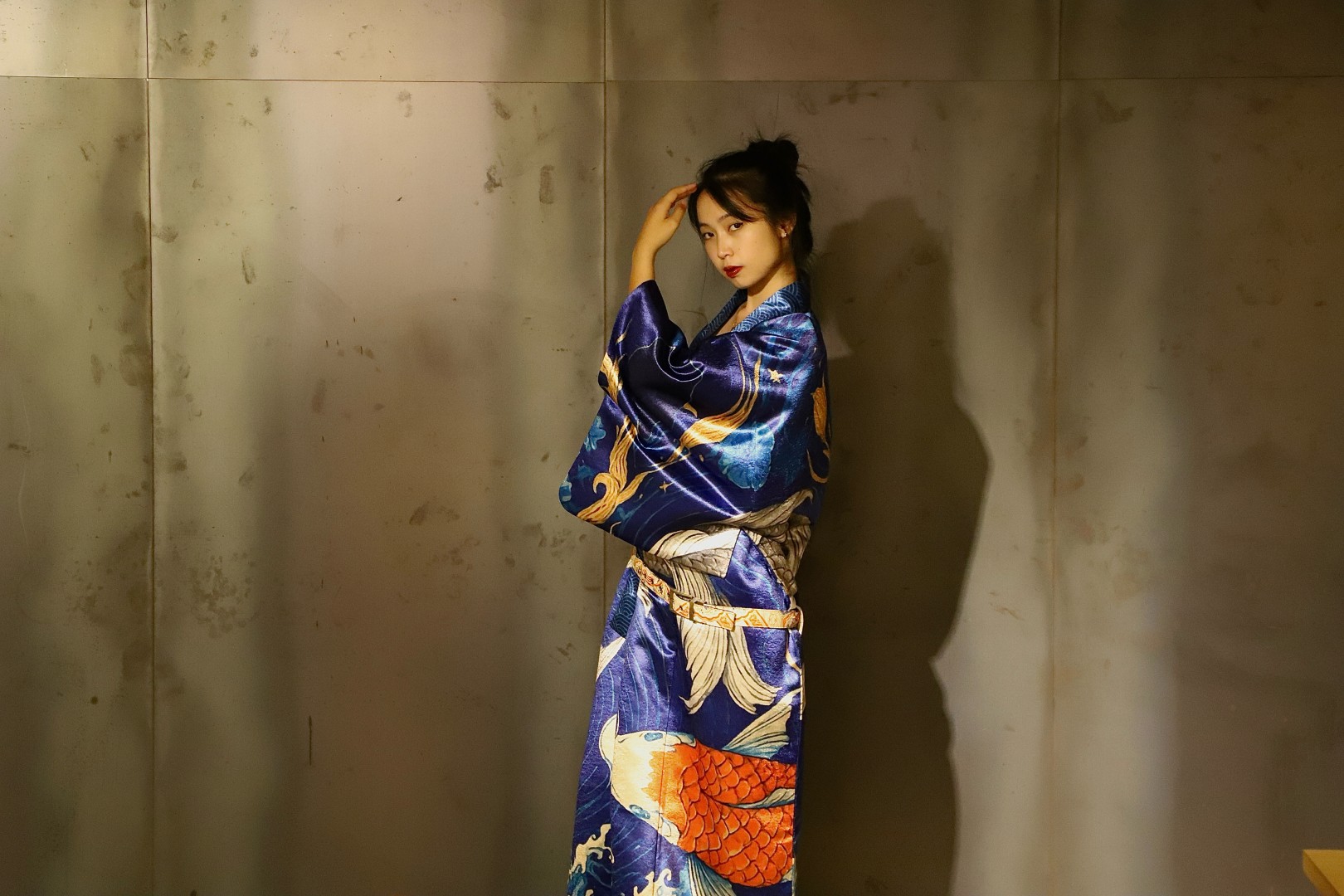
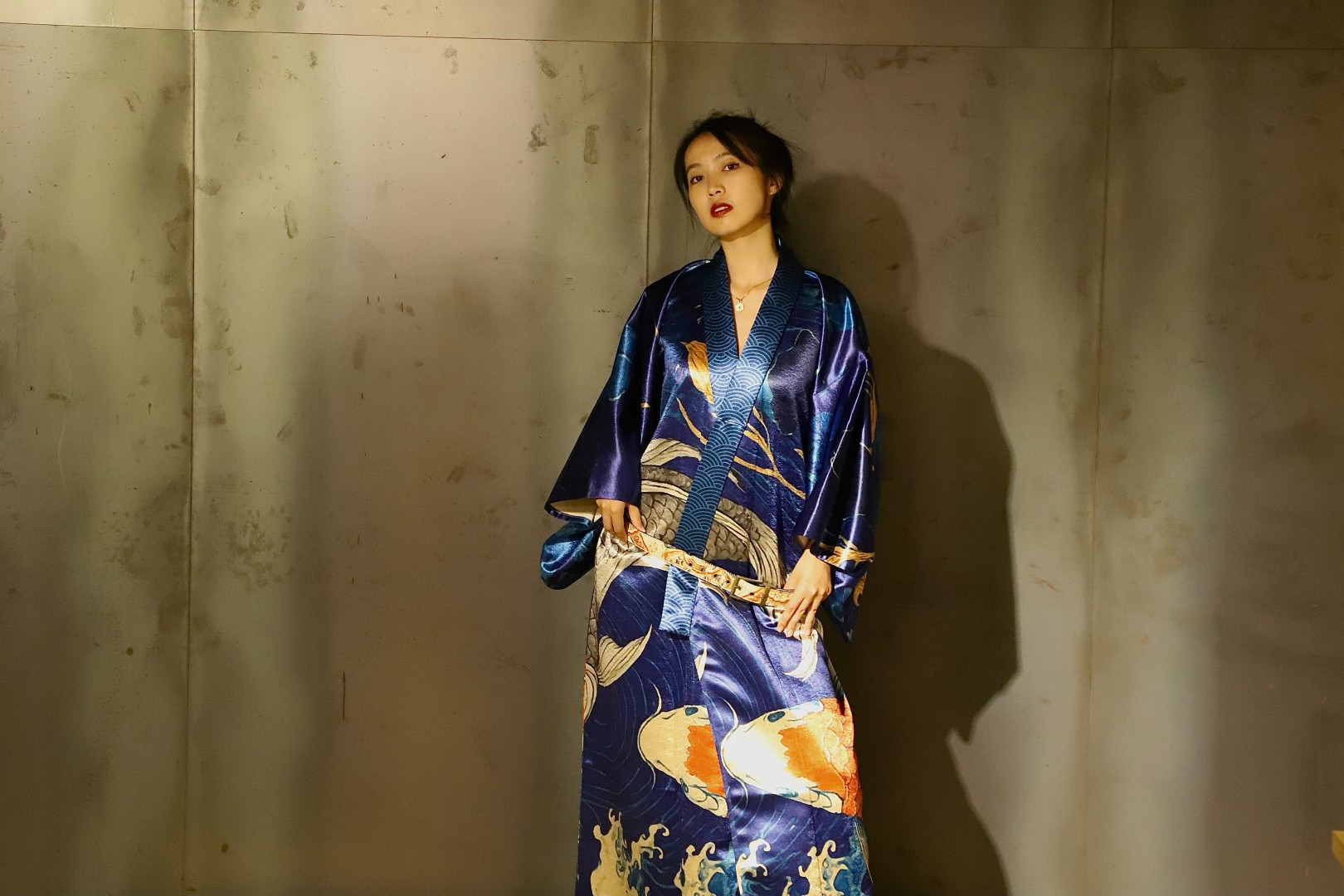
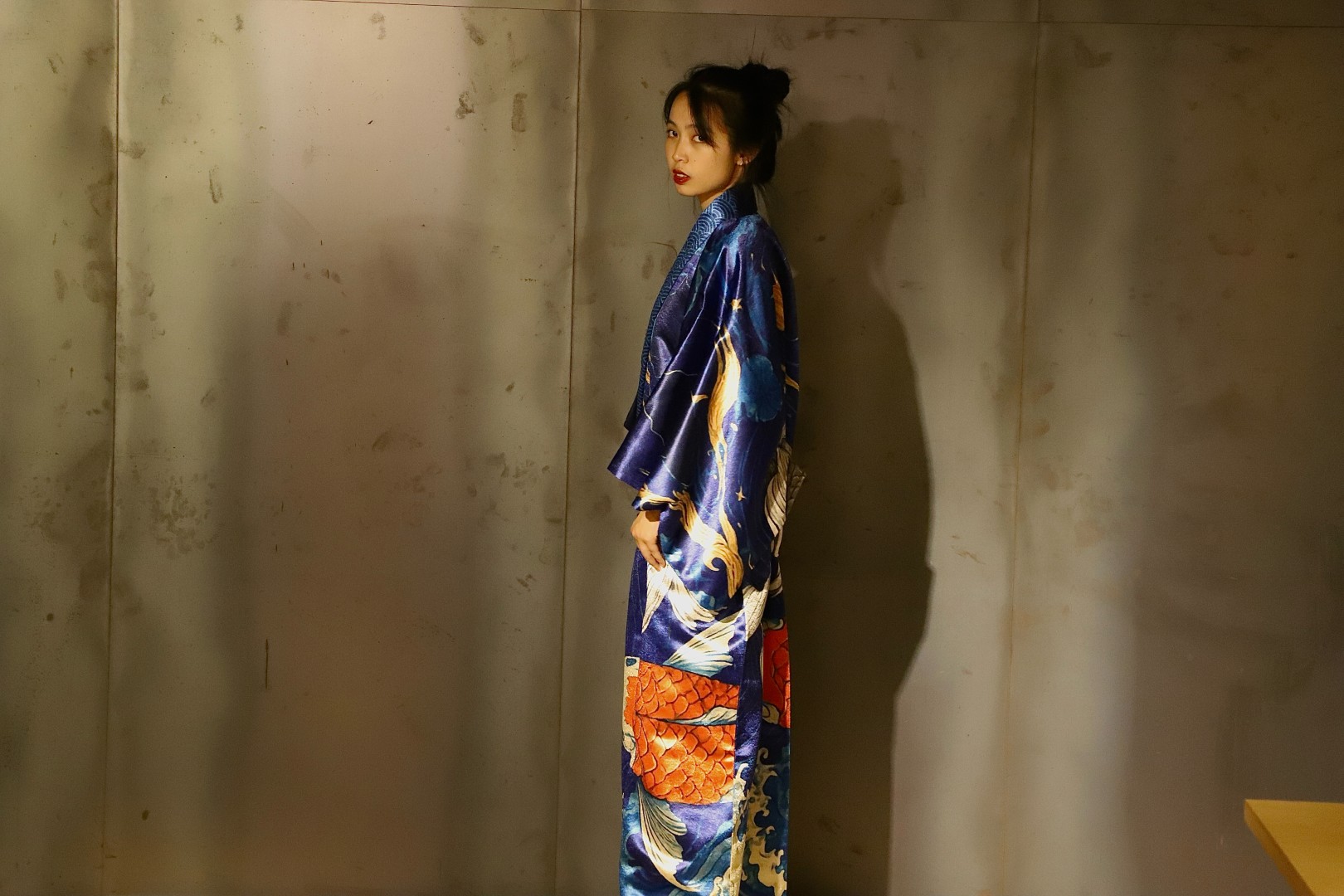
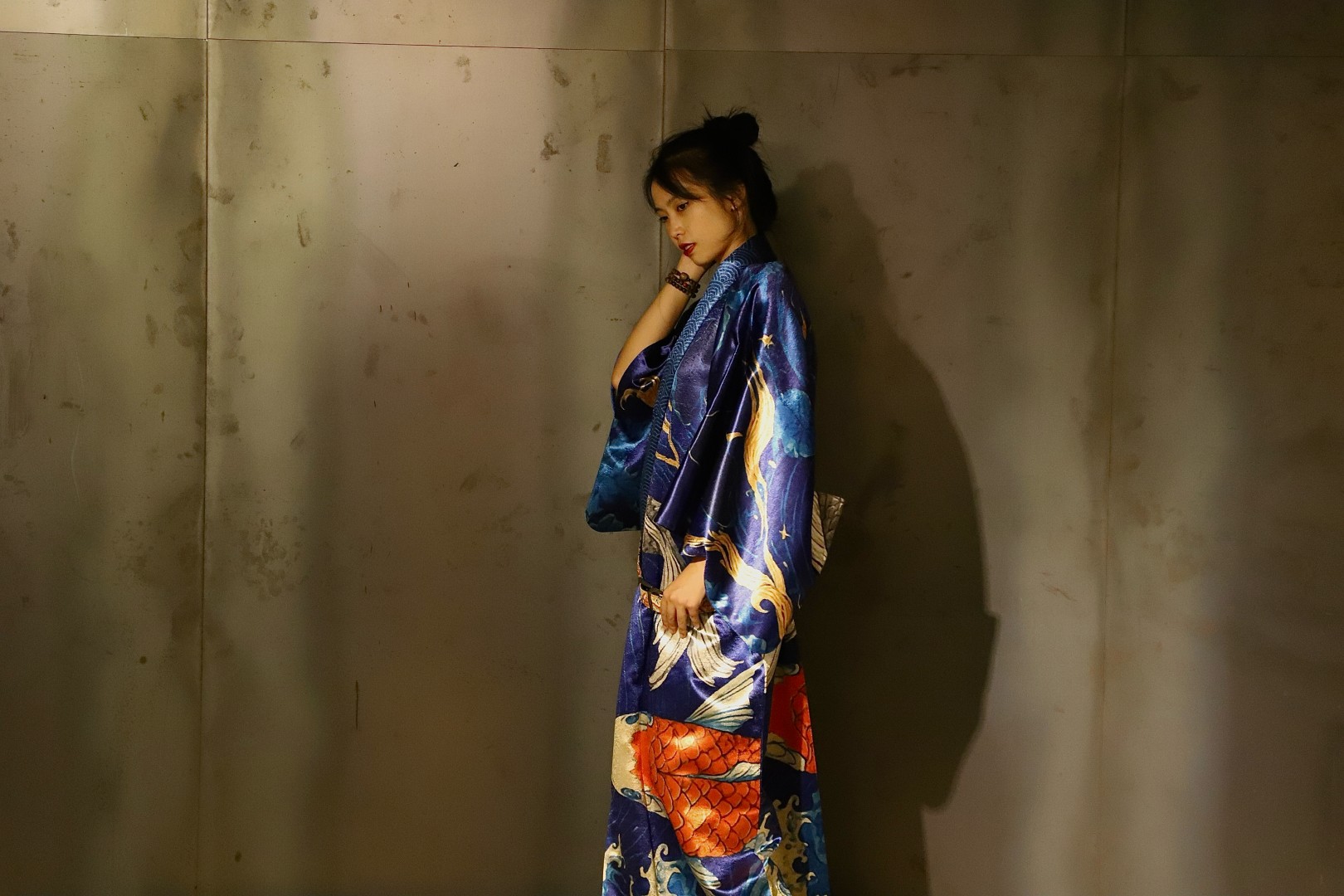
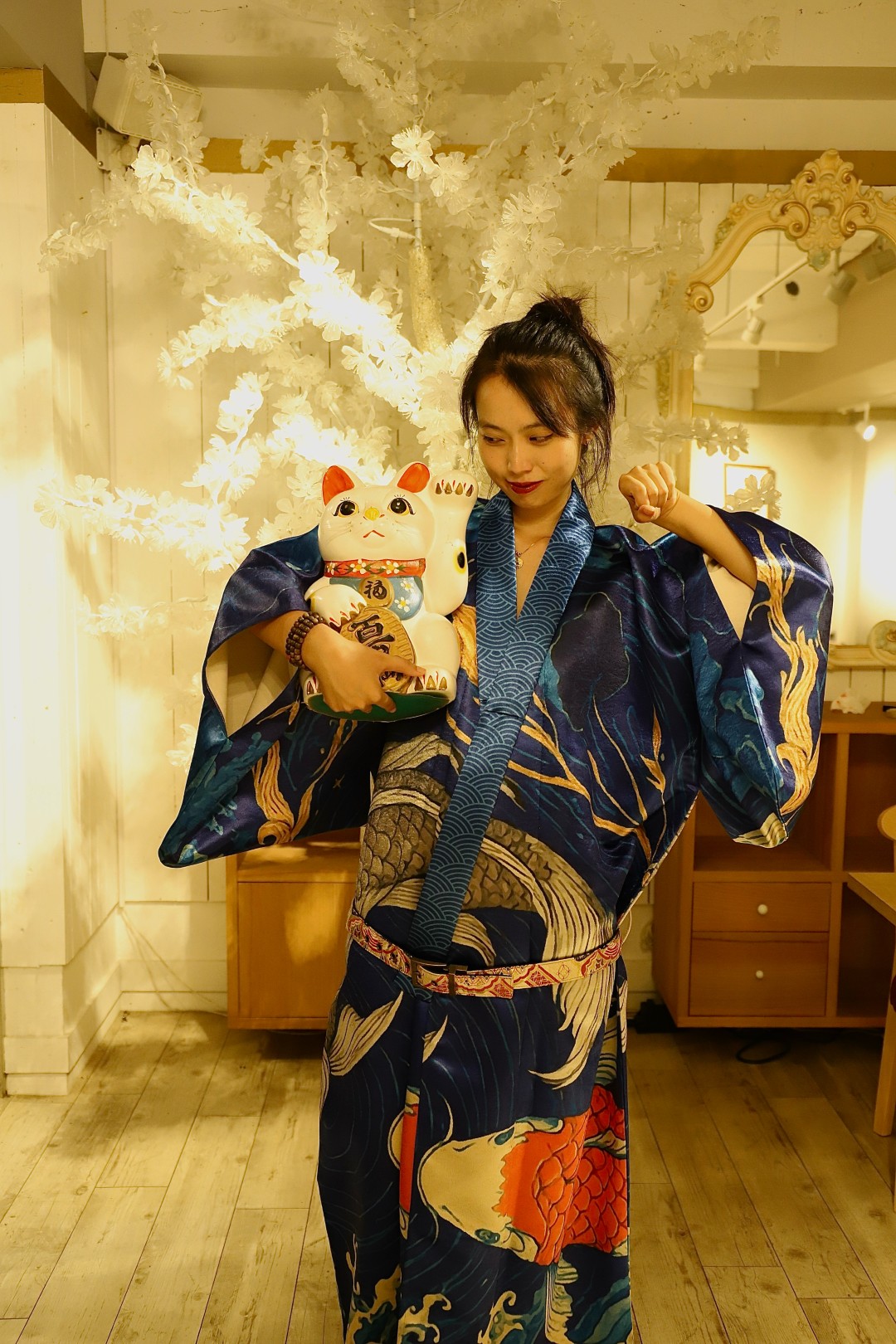
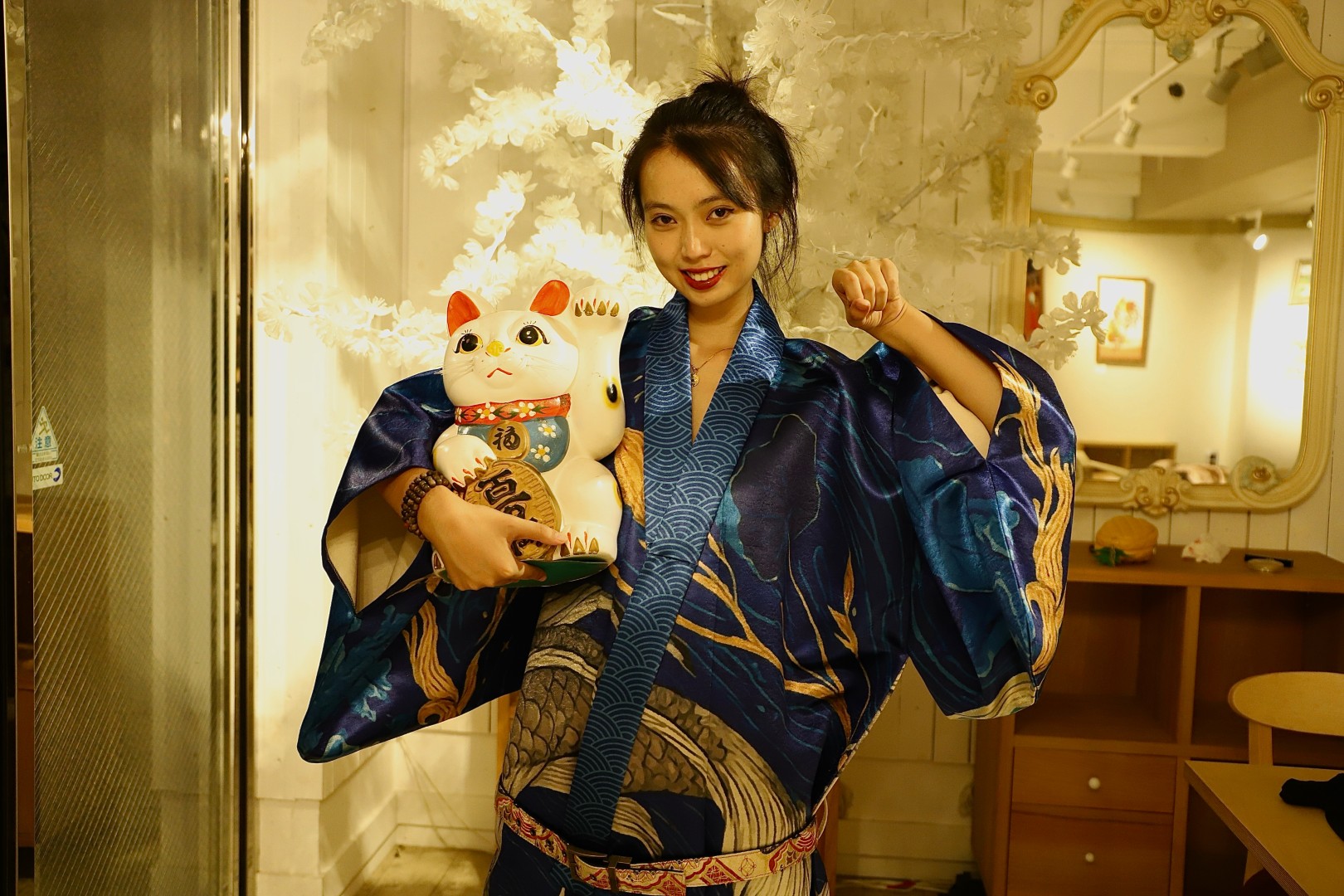
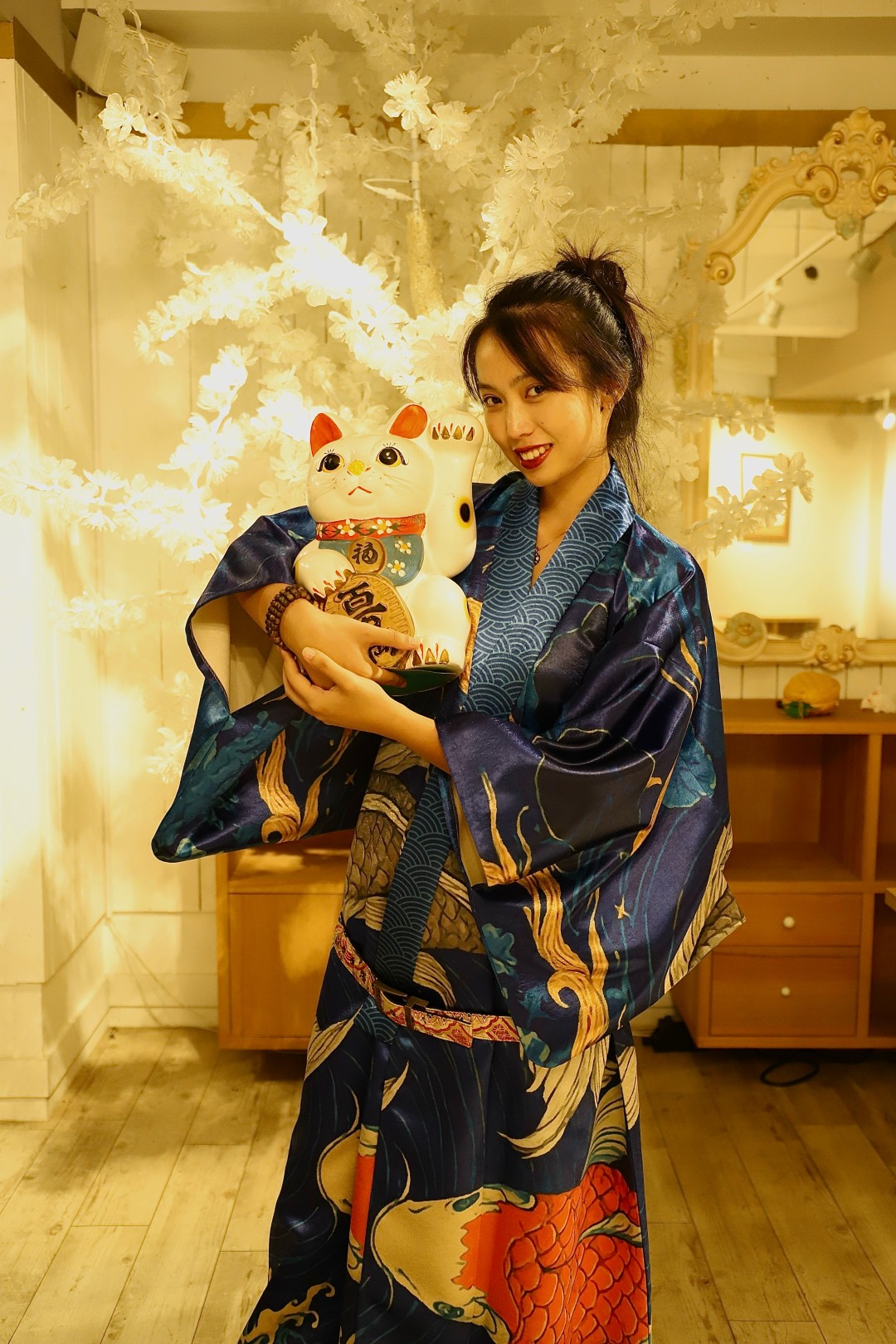
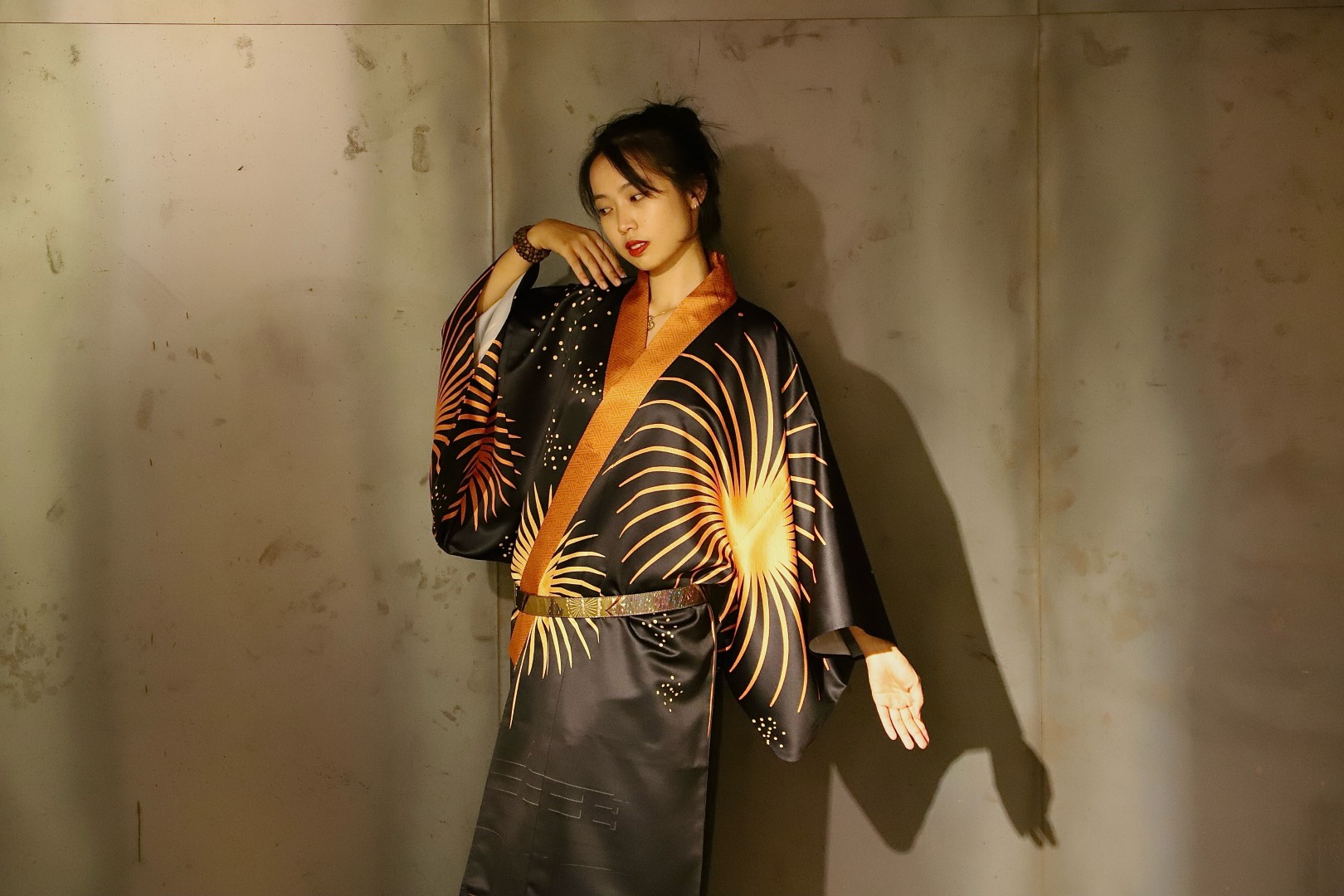

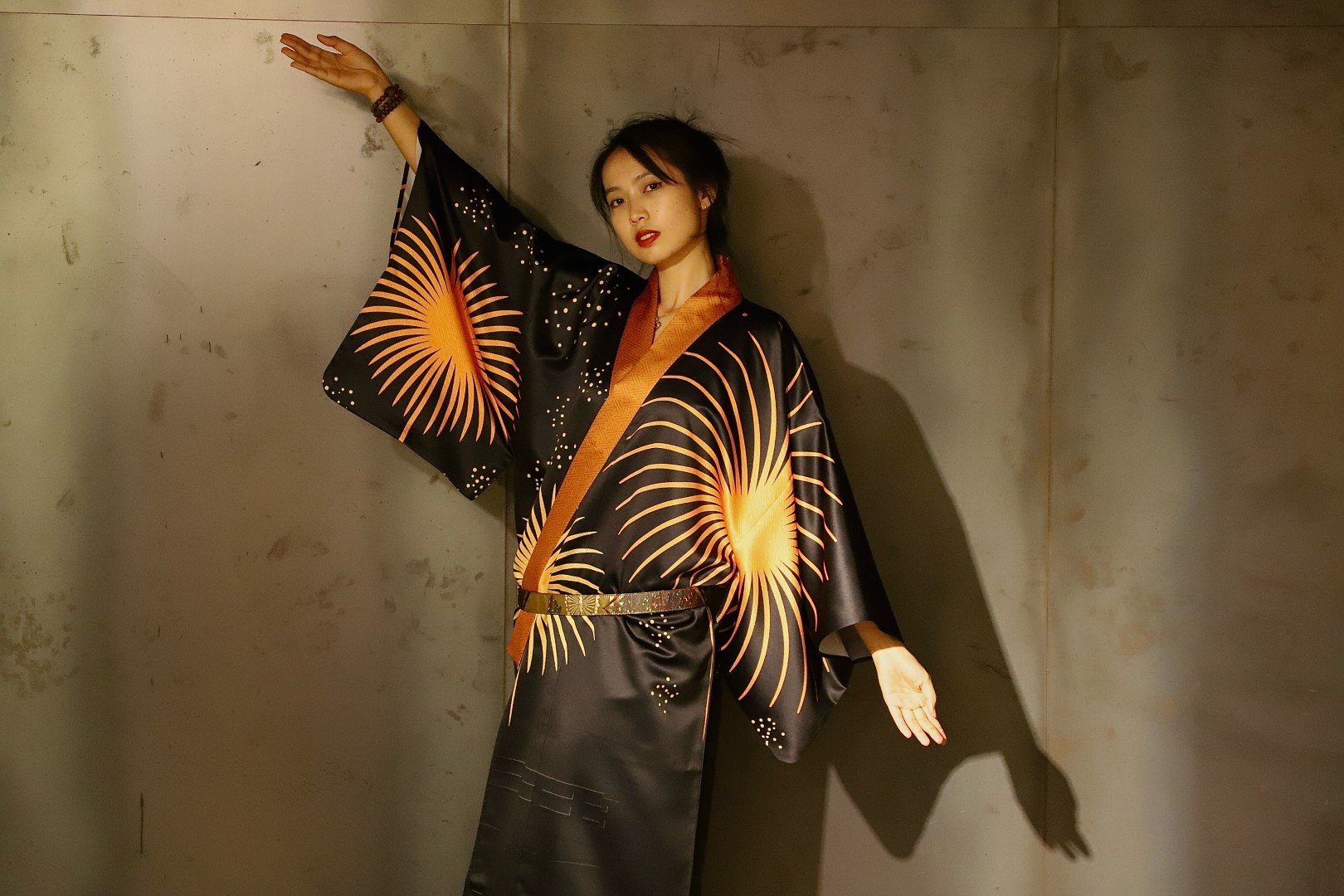




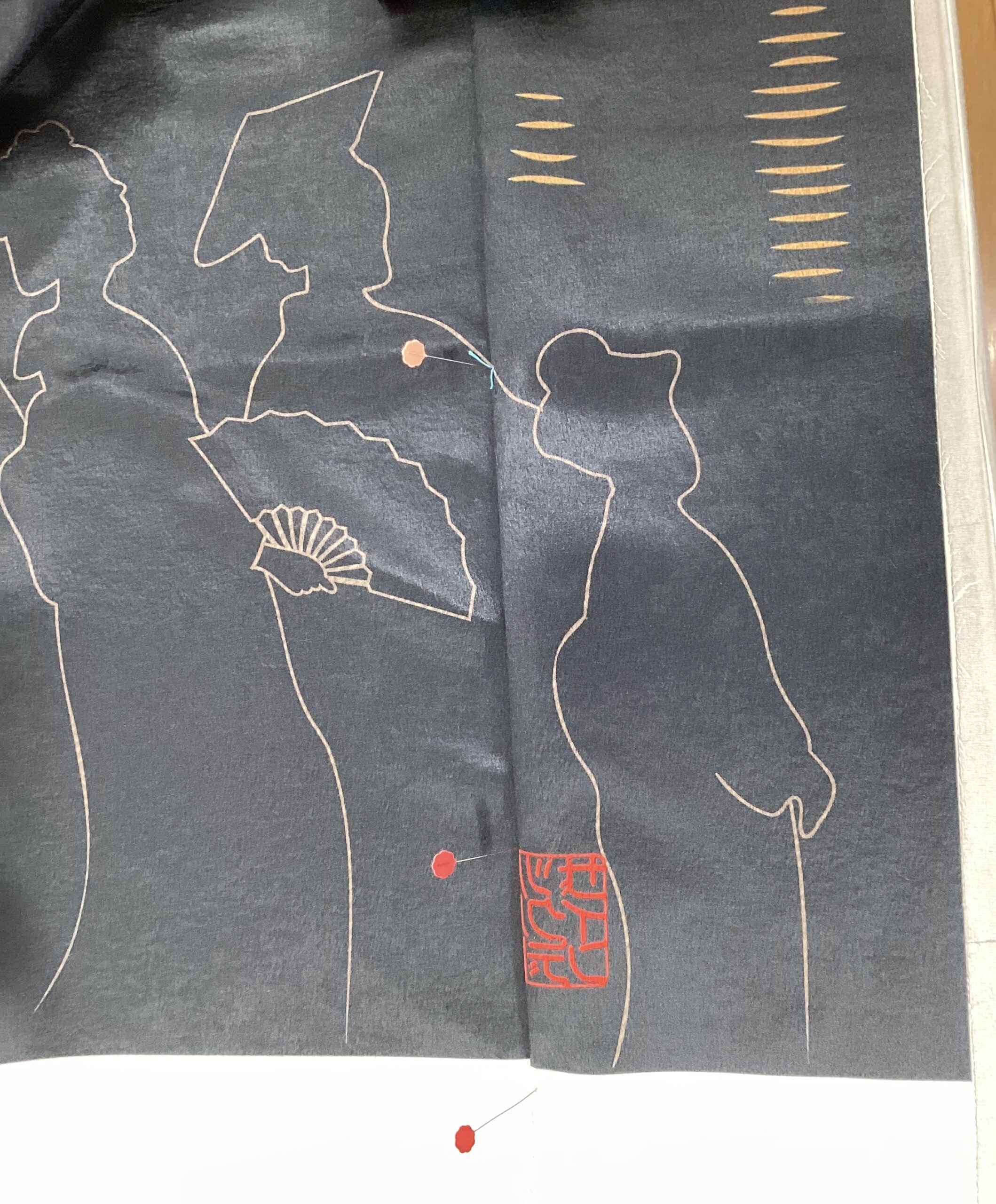
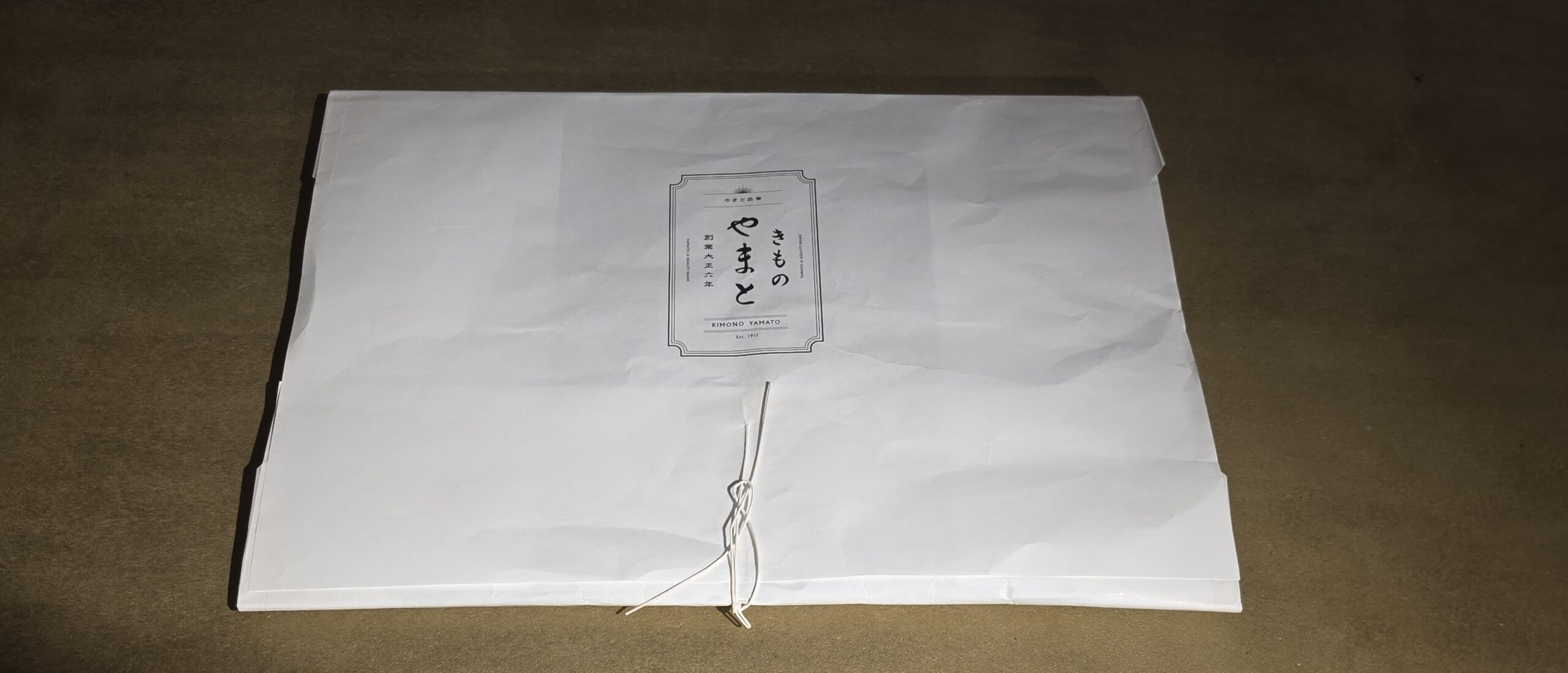
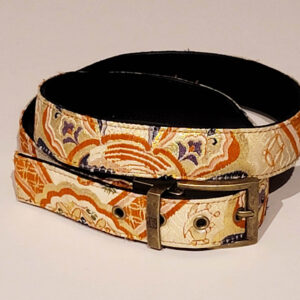
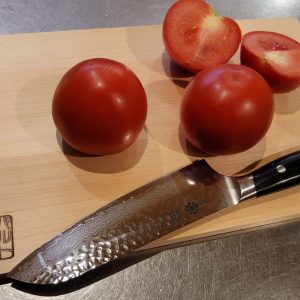

Reviews
There are no reviews yet.